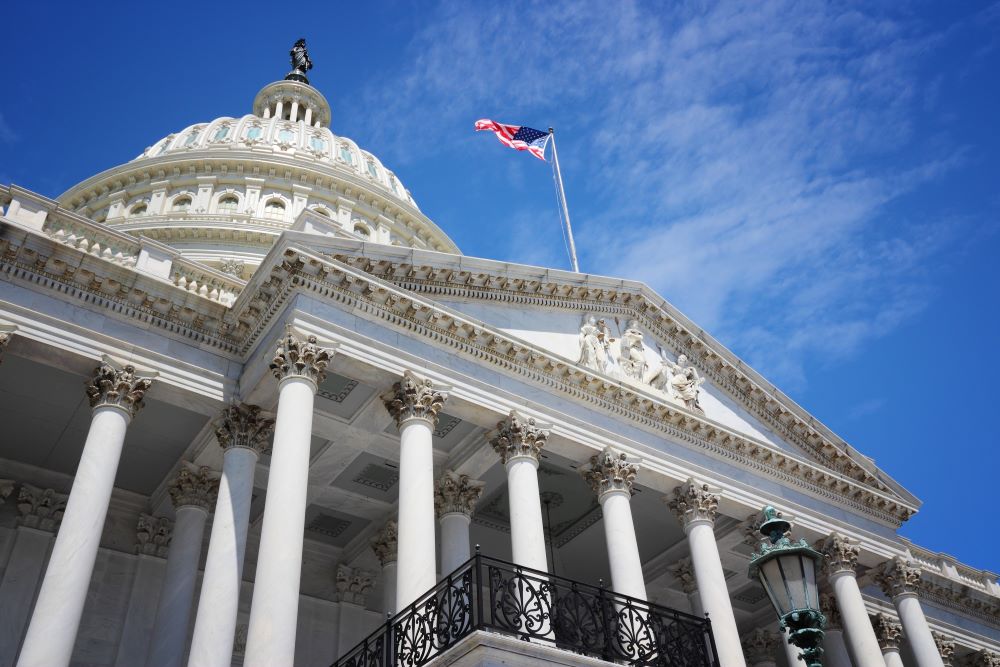January 12, 2023
Employer Provisions in the SECURE Act 2.0
What happens when you take established legislation, build on it, reconcile 3 bills into one, and then add more than 100 provisions? You get the SECURE Act 2.0, a bill that passed by a vote of 414-5 that was signed into law on December 29, 2022, as part of the Consolidated Appropriations Act of 2023. The overall goal of SECURE 2.0 is to make enrolling in retirement plans and saving for retirement more accessible than ever. While most of the changes impact plan participants, there are several updates and changes that will impact plan sponsors this year alone. To help clients, prospects, and others, Wilson Lewis has provided a summary of the key details for 2023 below.
Immediate SECURE Act 2.0 Changes
- 401(k) Incentives – Employers are now allowed to offer financial incentives to encourage employees to participate in retirement plans. While examples of this include low-dollar gift cards, specific amounts have not yet been defined.
- Small Business Tax Credits – Employers with up to 50 employees (previously applicable to businesses with up to 100 employees) will soon see an increase in the Small Business Startup Credit. What was previously either 50% of startup costs or $5,000 for 3 years (whichever amount was less) is now increasing to 100%.
- Employer Contribution Credit – For new retirement plans, the Employer Contribution Credit is capped at $1,000 and will be rolled out as a set percentage of the employer’s contribution. This applies to those with 50 or fewer employees. For those that have 51-100 employees, the rate will be 100% for the first year and decrease by 25% in subsequent years until it hits 0%.
- Pooled Employer Plans (PEPs) – Pooled employer plans involve multiple employers in one group retirement plan. Generally, these businesses are required to belong to the same industry or association. The SECURE Act 2.0 allows these PEPs to designate a named fiduciary that isn’t a plan employer to collect contributions. The fiduciary chosen will have to outline collection procedures in writing.
- 403(b) PEPs – 403(b) plans can also participate in PEPs and Multiple Employer Plans (MEPs). If one employer – “one bad apple” – violates the rules, other employers in the group plan will not receive different tax treatment as a result.
- 403(b) Plan Investments – These plans will be allowed to invest in collective investment trusts in plan years starting in 2023.
- Retirement Plan Overpayments – To protect retirees, the SECURE Act 2.0 allows fiduciaries not to try and recoup overpayments, which may result in financial hardship if collected. If they do decide to recoup overpayments, there are limits in place to protect plan participants.
- Federally Declared Disasters – There are up to $22,000 in distributions possible for affected individuals without being subjected to 10% early withdrawal tax. The amount is taxed over 3 years, and employers could permit larger loans and longer payback times. This is in effect for any disasters that have happened on or after Jan 26, 2021.
- Contributions on a Roth Basis – Any employer matching or nonelective contributions can be made on a Roth basis. This is applicable to any contributions made after the enactment of SECURE 2.0. Contributions to SIMPLE and SEP Plans can also be treated as Roth contributions.
- Updated Employee Plans Compliance Resolution System – More errors under the Self Correction Program are now able to be addressed through this system.
- Military Spouse Plan Eligibility Credit – Small employers will receive a tax credit if they allow military spouses eligible to be enrolled in a retirement plan within 2 months of being hired. They also need to make sure military spouses are eligible for matching or nonelective contributions (anything that would apply after 2 years of service should apply to them within 2 months) and be 100% vested immediately. The tax credit businesses can get is equal to $200 per military spouse and 100% of employer contributions up to $300 made on their behalf, for a maximum $500 tax credit. This applies for 3 years and does not include highly compensated employees.
- Self-Certifying Hardship – In some circumstances, plan administrators can rely on an employee to self-certify that they have experienced hardship that qualifies for a withdrawal.
- Change to Unenrolled Participant Notifications – Before the SECURE Act 2.0, employees who opted out of the retirement plan would receive several updates and notifications, but now, the requirement for communication has been cut down to one annual notice that will be sent out during the enrollment period, stating that the employee is eligible to participate.
Contact Us
The SECURE Act 2.0 calls for several changes to how retirement plans function and the various tax incentives available. Since each plan is different, it is important to consult with a qualified advisor to determine the best path forward for your company. If you have questions about the information outlined above or need assistance with a plan audit, Wilson Lewis can help. For additional information call 770-476-1004 or click here to contact us. We look forward to speaking with you soon.

